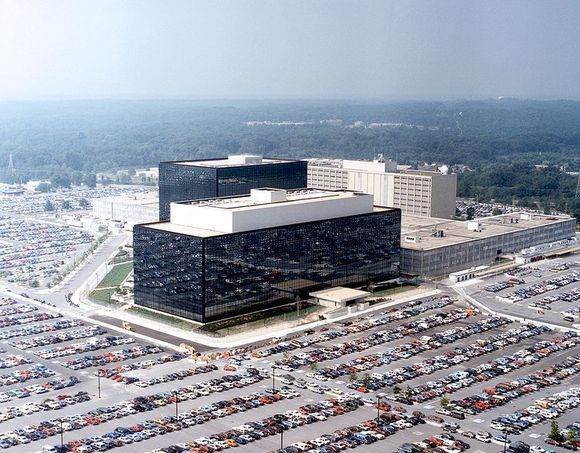Cisco said that the sample files reveal an undetected software flaw in its products

Hackers claim to have stolen files that may belong to the NSA.
Credit:
National Security Agency
A stolen cache of files that may belong to the National Security Agency contains genuine hacking tools that not only work, but show a level of sophistication rarely seen, according to security researchers.
That includes malware that can infect a device’s firmware and persist, even if the operating system is reinstalled.
“It’s terrifying because it demonstrates a serious level of expertise and technical ability,” said Brendan Dolan-Gavitt, an assistant professor at New York University’s school of engineering.
He’s been among the researchers going over the sample files from the cache, after an anonymous group called the Shadow Brokers posted them online.
Allegedly, the files were stolen from the Equation Group, a top cyberespionage team that may be connected with the NSA.
The Equation Group likely helped develop the infamous Stuxnet computer worm, and is said to have created malware that can be impossible to remove once installed.
Already, researchers have found that the hacking tools inside the sample files target firewall and router products and do so by exploiting software flaws – some of which could be zero-day vulnerabilities or defects that have never been reported before.
On Wednesday, Cisco confirmed that the sample files did contain one unknown flaw that affects the company’s firewall software, and a patch has been rolled out.
Other affected vendors including Juniper Networks say they are still studying the matter, but more patches will likely come.
Brian Martin, a director at Risk Based Security, has been studying the sample files as well and said they also target possible zero-day vulnerabilities in Chinese products, including those from firewall provider Topsec.
However, the hacks may not be as dangerous as researchers initially feared. For instance, the exploits found within the samples rely on having direct access to the firewall’s interface, which is normally restricted from outside Internet users, Martin said.
“The exploits are still useful, but they’re not what people dreaded,” he added.
Nevertheless, the hacking tools probably weren’t easy to develop. Within the sample files are also pieces of malware that can target a computer’s firmware called the BIOS, Dolan-Gavitt said.
“The BIOS is the first piece of code that runs when a system boots, and so it has control over everything else,” he added.
As a result, any malware installed on the BIOS, will continue to persist even if the computer’s operating system is reinstalled. That can make it particularly useful to spy on a computer’s network traffic or inject new data.
However, to develop malware, the creators would have needed detailed knowledge on the hardware, Dolan-Gavitt said. Normally this isn’t made publicly available, so the creators may have resorted to reverse-engineering.
The BIOS malware appears to affect Cisco products, but on Wednesday the company said that it had already patched the issue through its Secure Boot startup process.







